The word “utopia” comes from two Greek words meaning “not” and “place,” and so, the word literally means “no place.” It was coined in 1516 by St. Thomas More as the title of his work about a perfect society on an imaginary island.
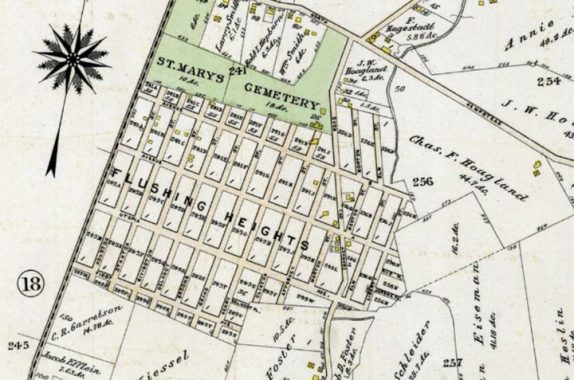
Moving forward to 1905, the Utopia Land Company purchased 50 acres east of the Flushing-Jamaica trolley line (now 164th Street) in today’s Fresh Meadows, planning to build cooperative homes for Jewish people then living on the Lower East Side. The streets were named for several in the Manhattan neighborhood, including Houston, Stanton, Rivington and Delancey. Work had begun, but the company went bankrupt before any housing was constructed, and the region remained woods, meadows and farmland the 1940s, when the neighborhood was built up by the Gross-Morton Park Corporation with Colonial and Cape Cod-style homes.
Now a part of greater Fresh Meadows, the area’s main north-south main drag, Utopia Parkway, was not completed until the late 40s, replacing the previous main artery, Fresh Meadow Lane, which now fills a subsidiary role. NYC-based rock group Fountains Of Wayne were sufficiently inspired by the fanciful-sounding street to name their second album after it in 1999.
A traffic island at Utopia Parkway and 188th Street is whimsically named Erewhon Mall, a reference to the 1872 Samuel Butler allegorical novel telling the story of an upside-down country near New Zealand in which it is a punishable offense to become ill, yet where criminality and immorality are looked upon as treatable diseases.
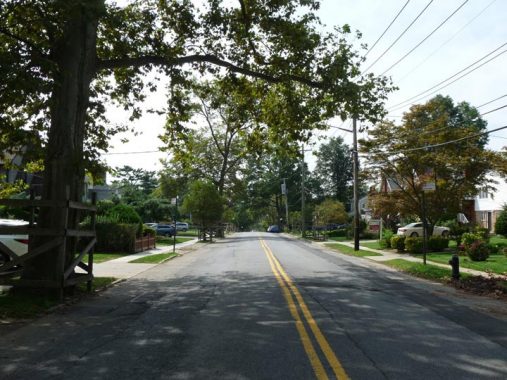
Utopia is a busy 4-lane road for most of its length in the run between the Cross Island and Grand Central Parkways. However, between 33rd and 37th Avenues, north of the Long Island Rail Road trestle, Utopia Parkway narrows to a residential two-lane street. Here you will find some very interesting architecture, some Tudors as well as some A-frame houses with roofs so sharp you could cut your finger on them.
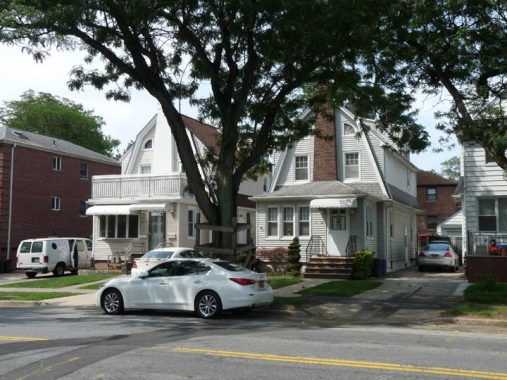
One of these buildings is #37-08 (shown here on the right). For much of the 20th Century it was home to a stalwart of the American art world. “Shadow box” and collage artist Joseph Cornell (1903-1972). Cornell and his family moved to Bayside from Nyack, NY after the death of his father in 1917, and after a few years, moved again to Utopia Parkway.
Beginning in the mid-1930s, Cornell made wooden boxes about one to two feet high and filled them with found objects: photos of birds, buttons, corks, newspaper clippings, jars, photographs, toys, theatrical poster fragments and other relics he found in junk shops and flea markets. His art was played out, it seems, from a desire to break away from his Queens life. He would create homages to places he’d never been, to movie stars like Jennifer Jones and Lauren Bacall and 19th-Century ballerinas, which were a favorite subject. His pieces were named whimsically: one of his first works, Untitled (Soap Bubble Set) features a lunar map, a doll’s head, a glass holding an egg, and four small cylinders, two of which picture medieval artwork depicting the planet Saturn…but no pictures of soap bubbles. His box lids were often covered with old maps. His work spanned the art movements of surrealism and abstract expressionism, and his whimsical and melancholy pieces have also been considered a precedent to the pop art of the 1960s. His art films initially aroused the jealousy and ire of Salvador Dali, who nonetheless became a friend.
Though he lived a somewhat solitary life with his mother and brother Robert (who had cerebral palsy), and never married, Cornell was no recluse: he kept up a voluminous correspondence and in some cases, personal friendship with artistic and literary lights such as Marcel Duchamp, Susan Sontag, Yoko Ono, Yayoi Kusama, Marianne Moore, and Tony Curtis. His fame built gradually; he was well-respected in the 1930s, well-known by the 1940s, and a star by the 1960s. Several Cornell pieces are on permanent exhibit in the Museum of Modern Art.
Further reading: Utopia Parkway: The Life and Work of Joseph Cornell, Deborah Solomon, Farrar Straus & Giroux 1997
Check out the ForgottenBook, take a look at the gift shop, and as always, “comment…as you see fit.”
8/25/20


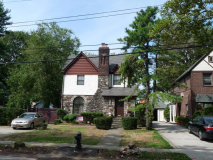
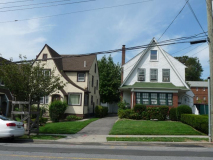
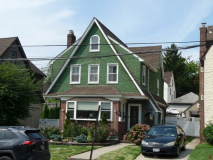
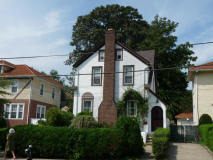
9 comments
Erewhon is also an anagram of nowhere. Wonder if Parks really mean to use nowhere in reverse and messed up a little and ended up with the anagram.
For some reason NYC.gov does list Utopia as one of the city neighborhoods even though the original housing complex that was supposed to go there never got built as they do with Georgetown over in Brooklyn.
As I had commented in another place, the Gross-Morton houses on the north side of Union Turnpipke, built inthe late 1930s, were originally called Utopia Estates. The size of that development would be a reasonable basis for calling the area, which is now knows as Fresh Meadows, Utopia.
Edward Hopper, who is a somewhat better-known artist, also lived on Utopia Parkway.
Forgor to mention, Hopper also came to Queens from Nyack. Small world. His Nyack house is a historic place and museum.
Until the early 1960s, Utopia Parkway was interrupted for a block between 42nd Ave. and Northern Blvd. Traffic approaching Northern Blvd. from the south was forced to turn left or right. In the early 1960’s – I don’t remember exactly when – the block was cut through and the current pattern was created, allowing for full 4 way traffic at Northern and Utopia.
That’s weird….
. . . but true. Hardly anyone remembers that. I recall a couple of drive-in restaurants at that location. I think another one named Mitchells; the second “Crane’s 33”. I believe the Parkway took that one.
Was it ever clear what exactly the Utopia Land Company would have built if they did actually build there?